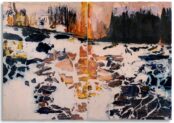“Some trees had scars, that was my starting point.”
Kim Jungman
It was always there if you look closely. Art operates through reflective depth. What you see looks back at you. Then what? In spite of the fact that Kim Jungman’s early work is largely imagery that can be found in apparently functional photographic popular culture there are signals towards the sort of revelatory statements he’d later embrace.
Working around the globe, be it portraiture capturing Korean pop stars, celebrities, or band photos, album covers, film posters or commercial ad campaigns, you detect in his use of empty space, and the often melancholic feel of his portraits that his search for something deeper in those works was starting to come to the fore. For a man whose admitted obsession with the camera often left him eating with one hand while continuing to snap away with the other, the question of whether he was the actor or the director in his progress to finding it remained central to his work to the end.
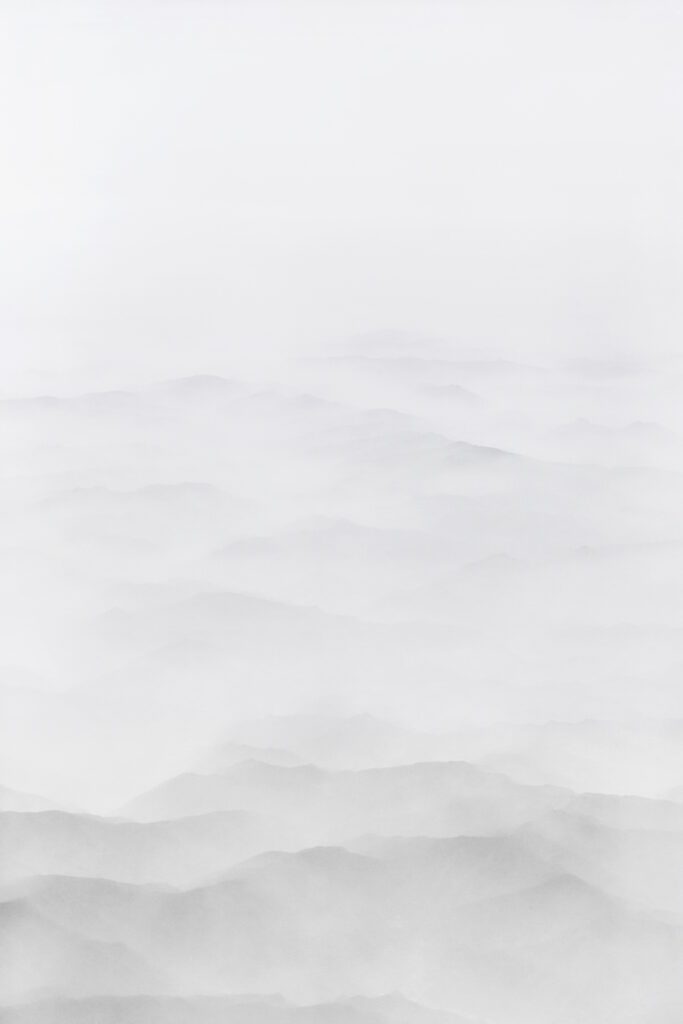
This graspable something was expressed in his principle use of black and white photography, and a stylistic approach that left lots of space around those he photographed so that even his most popular imagery is marked by a certain meditative melancholy. “Photography is 95% technique and 5% spirituality,” he declared in the short film which accompanies the retrospective exhibit at the KBH. G gallery, and it is that 5%, that soulfulness that he sought to uncover in all his works. “soul never gets into the work without sincerity,” and his interpretation of what soul and sincerity are is what he chased and sought to infuse into his works throughout his entire career.
It is through a series of moments, episodic blips that we experience life. Moments that register something within us, and can sometimes lead to major shifts in the way we look and perhaps, even choose to live our lives. Reflecting on these as a photographer brought Jungman to a new depth and focus in his work. On a commercial photo shoot he noticed the particular and seductive beauty of a model wearing a traditional Korean hanbok that brought him to a place where his cultural background asserted itself. Later he was consumed by a fascination with the fragile and unhealthy trees in his neighborhood. “Some trees had scars…wounds can be beautiful.” But it was the dramatic experience of being deported from his own country that brought him to a point where he was unsure of his own future. A place where, like the allegorical trees that inspired him, he had to decide whether to bend or break.

Torn between a pull towards self-destruction or continuing to take photos without any direction, he chose his camera, and found his way to new and more fulfilling type of expression. He abandoned his lucrative commercial career and embarked on a singular journey, creating works like Do I Have Enough Loneliness where a small, rocky island, just right of centre-frame, floats in the blending of water and sky, disrupting the calm, and evoking the imperfection and asymmetry of a zen garden. Jungman would spend days waiting for the moment when nature would give him the image that captured what he wanted to convey, that moment where technique and tool became ‘soulful.’
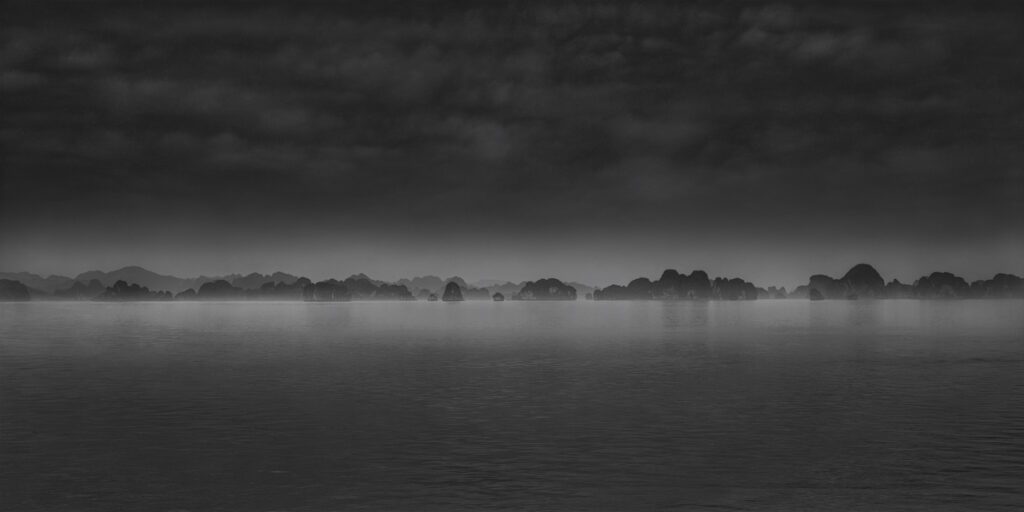
Moving away from commercial work freed Jungman to explore and express himself as an artist. Taking inspiration from the work of 18th century Korean landscape painter, Gyeomjae Jeongseon, Jungman turned his lens inward, seeking to reflect on what it meant for him to be a Korean photographer and what his own country meant to him. “Korea is really a place where the visual experience is exceptional…when I realized and understood the emotion embedded in these images, I could really feel that this was the force that allowed me to exist in the world.” A wonderful example of this is Gate of Broken Heart, where spray from a wave erupts in a gap in a massive wall, scoured by time and water; the heart as stone, and yet, still porous, broken and worn by the passage of time, by life itself, but still vibrant and full of energy.. Jungman finds himself in this wall of rock, the ancient bedrock of his culture that formed him and in which he ultimately found that elusive part of himself that he had used the camera to search for. Many of the works that he created are on display in this wonderful retrospective exhibition. They offer not only a glimpse at diverse and majestic Korean vistas, they evoke an energy and a force, both timely and timeless. They are filled with soul, with sincerity, and the beautiful spirit of Kim Jungman. A man whose physical dislocation allowed him entry into the endless land of self.


Kulturstiftung Basel H. Geiger / KBH.G
Spitalstrasse 18
4056 Basel – Switzerland
December 1, 2023–February 11, 2024.
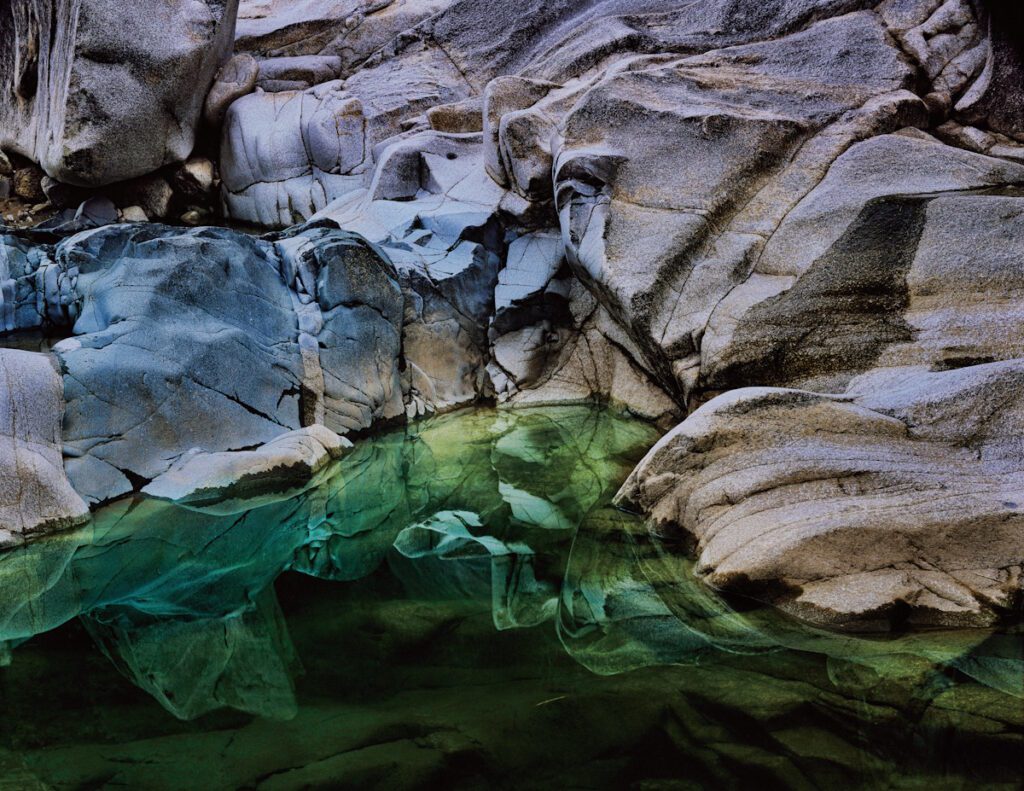
Travel by artspr.co.uk
Barry Taylor road manager AC/DC Barry Taylor road manager AC/DC Barry Taylor road manager AC/DC Barry Taylor road manager AC/DC Barry Taylor road manager AC/DC Barry Taylor road manager AC/DC
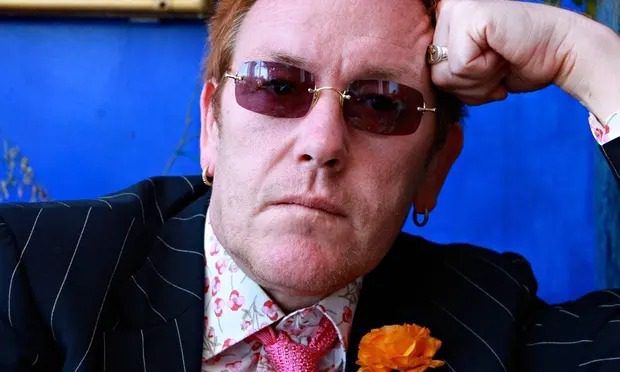
Barry Taylor writes and speaks about the intersections of philosophy, theology and contemporary culture. In past, he was the road manager for AC/DC during the Bon Scott era before becoming a Los Angeles theologian.




